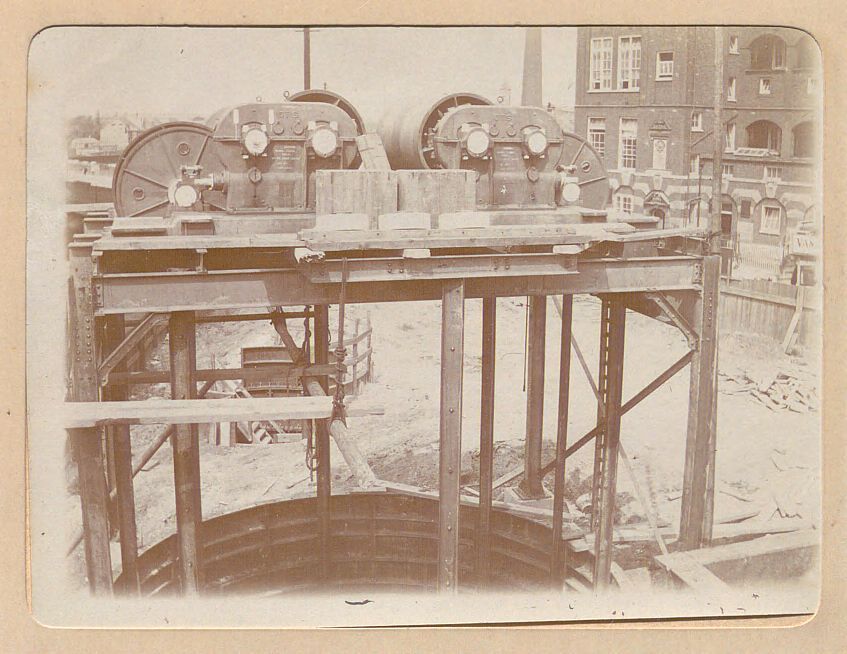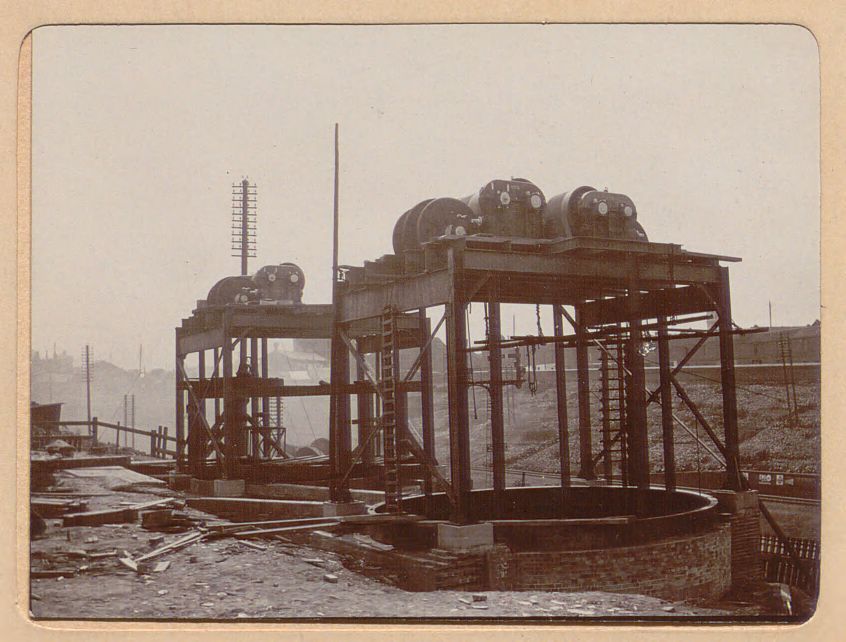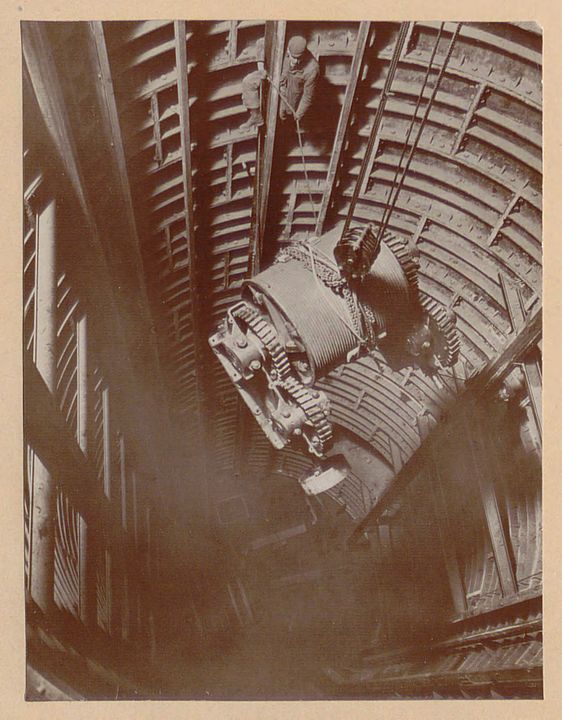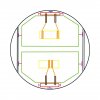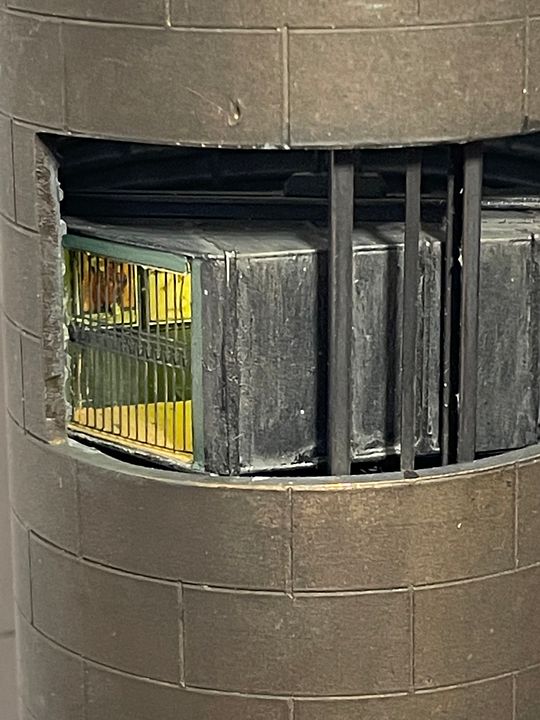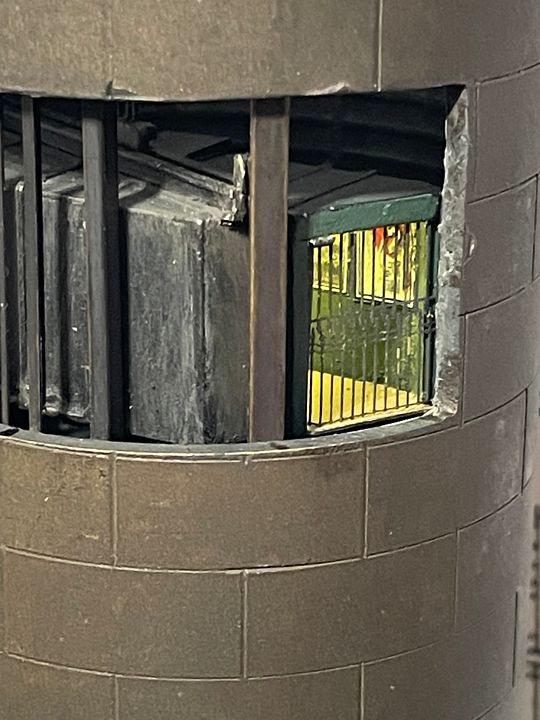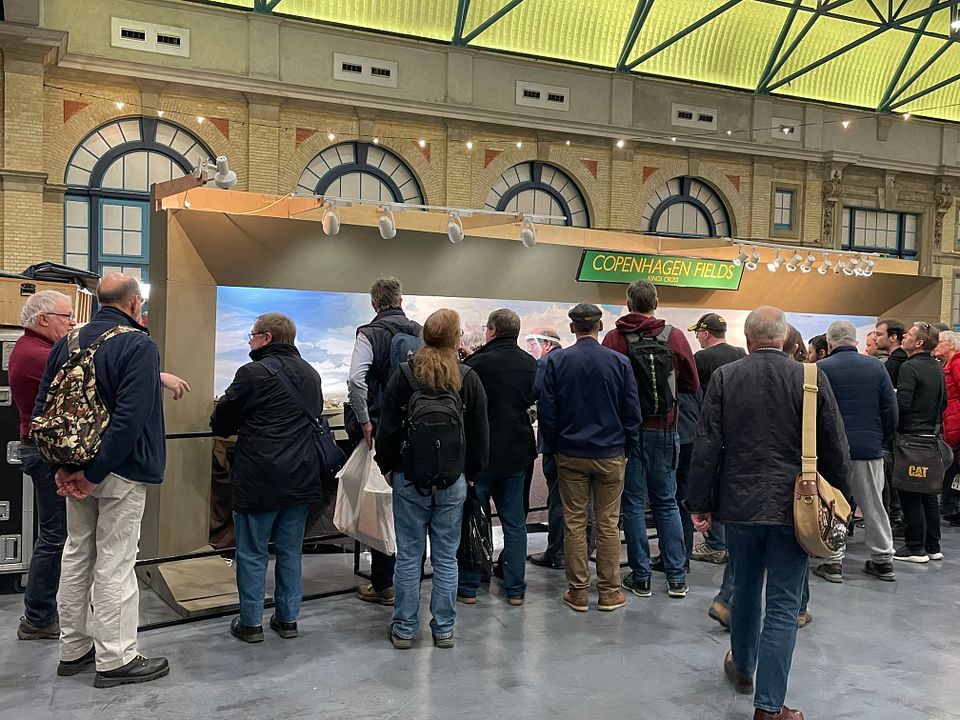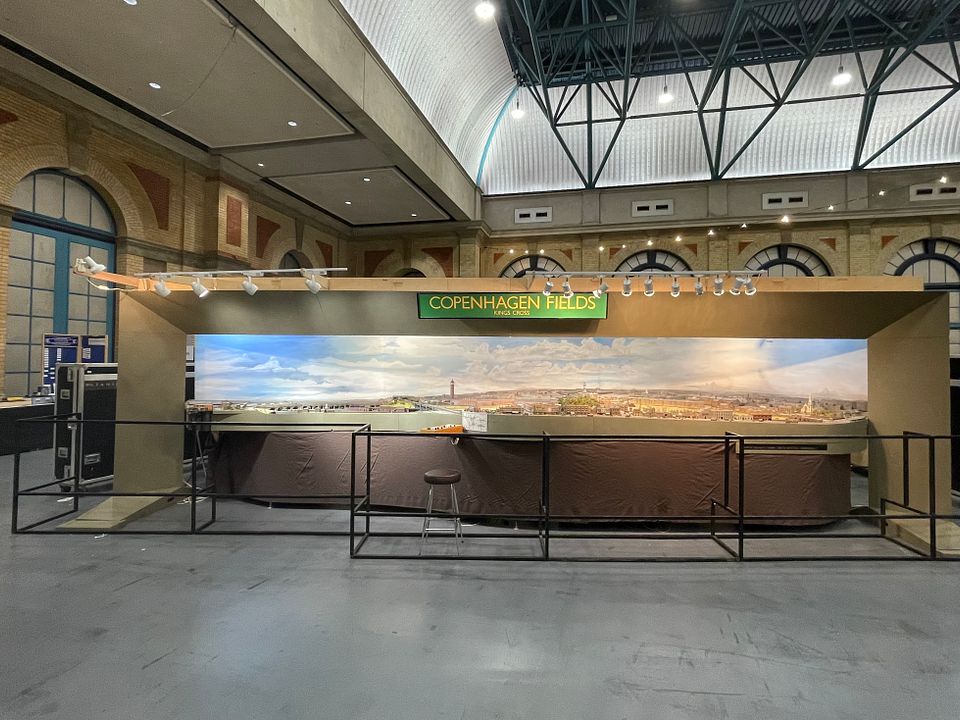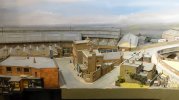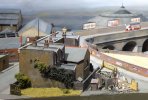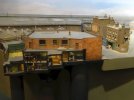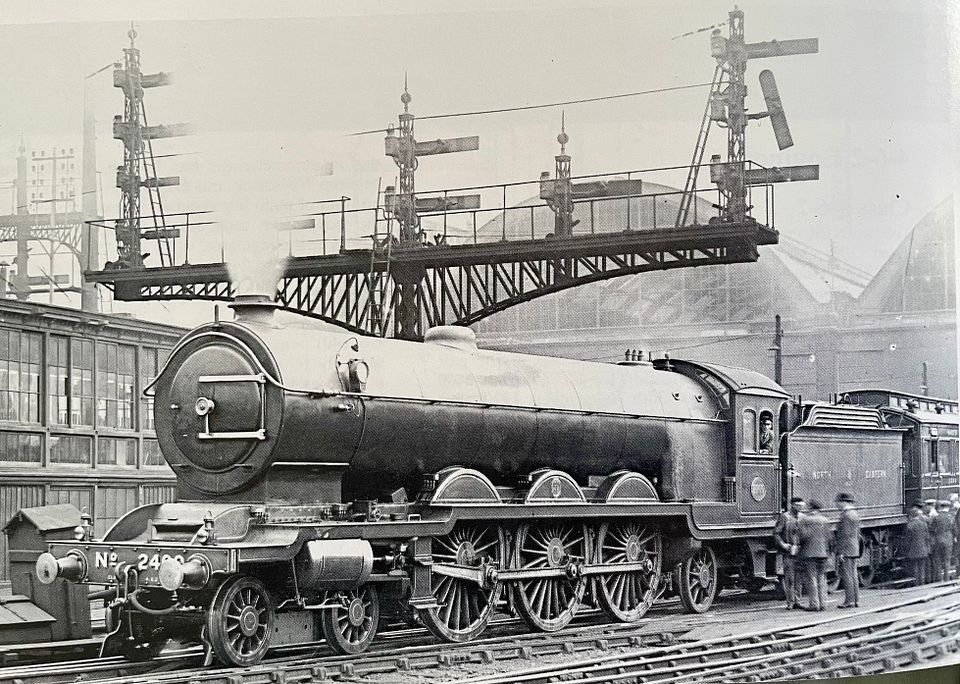mickoo
Western Thunderer
If there's two lifts in the same shaft then they may not have individual counter balances, I.E. they use each other.
I used to work on lifts at BT, none of ours had wheels but U shaped slippers that ran on a T guide, at the base of the slipper was the safety brake which had it's own rope.
There was also a safety brake on the counter balance (usually), the reason for that is that the balance is the weight of the car plus half the loaded capacity. If the motor or brake was to fail, then the weight is heavier and the car shoots upward, not a pleasant experience so the brake on the weight will stop it falling and the car rising.
Having a counter balance at 150% of the empty load also reduces the size of the motor required, it's only ever going to have to move 50% of the load.
I enjoyed working on Otis lifts, their floor selector was like something out of a steam punk movie and a lot of the relays had mercury tilt switches for safety to check they were in or out, lots of clicking and clacking with corresponding blue flashes as the relays tilted.
Here's a good video of selectors and basic lift technology with some shaft views, it must have been the same man at Otis who wrote on all the relays as the handwriting was a smack in the face blast form the past for me, just how I hadn't remembered it but it all came flooding back. We had drum selectors, several with pawls on micro switches and one drum type with what we called pennies, edged discs that ran in a track up and down the selector.
The BT course was hard, four weeks and you had to get above 75% in each stage exam, fail and you went home. Fail any stage or the final exam and you were never allowed back, it was a one shot deal. I was lucky as I'd been training on lifts for several years before so passed, one of only two candidates up to that point that achieved 98%, the average was 80-85%.
Sorry for the blurb, I really liked lifts, it was the one of the few technologies I was really good at and understood well. Sadly it can be deadly, a close friend who worked for Express lifts died doing routine over travel checks at the top of the shaft, not at BT but another site they were responsible for checking and maintaining.
I used to work on lifts at BT, none of ours had wheels but U shaped slippers that ran on a T guide, at the base of the slipper was the safety brake which had it's own rope.
There was also a safety brake on the counter balance (usually), the reason for that is that the balance is the weight of the car plus half the loaded capacity. If the motor or brake was to fail, then the weight is heavier and the car shoots upward, not a pleasant experience so the brake on the weight will stop it falling and the car rising.
Having a counter balance at 150% of the empty load also reduces the size of the motor required, it's only ever going to have to move 50% of the load.
I enjoyed working on Otis lifts, their floor selector was like something out of a steam punk movie and a lot of the relays had mercury tilt switches for safety to check they were in or out, lots of clicking and clacking with corresponding blue flashes as the relays tilted.
Here's a good video of selectors and basic lift technology with some shaft views, it must have been the same man at Otis who wrote on all the relays as the handwriting was a smack in the face blast form the past for me, just how I hadn't remembered it but it all came flooding back. We had drum selectors, several with pawls on micro switches and one drum type with what we called pennies, edged discs that ran in a track up and down the selector.
The BT course was hard, four weeks and you had to get above 75% in each stage exam, fail and you went home. Fail any stage or the final exam and you were never allowed back, it was a one shot deal. I was lucky as I'd been training on lifts for several years before so passed, one of only two candidates up to that point that achieved 98%, the average was 80-85%.
Sorry for the blurb, I really liked lifts, it was the one of the few technologies I was really good at and understood well. Sadly it can be deadly, a close friend who worked for Express lifts died doing routine over travel checks at the top of the shaft, not at BT but another site they were responsible for checking and maintaining.
Last edited:


